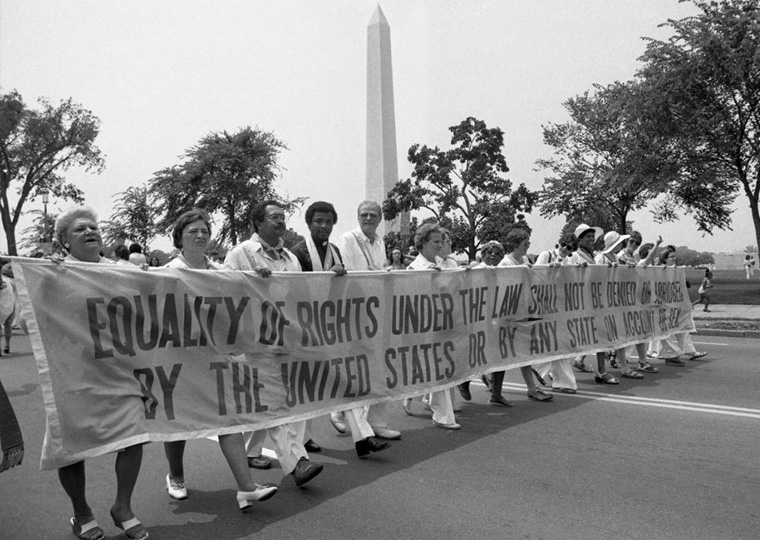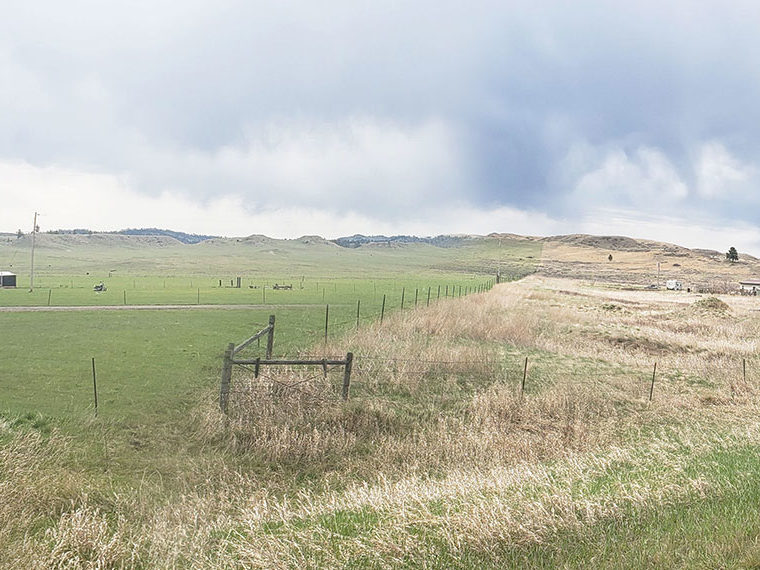Video from officer-worn cameras is judged less negatively than footage captured on dashboard cameras
The body camera is fast becoming a standard issue piece of police uniforms. The independent research group Police Executive Research Forum (PERF) reported in 2018 that one-third of U.S. law enforcement agencies are using body cameras and another 50 percent have plans to.
Though still a relatively new part of policing policy, they are getting positive reviews from law enforcement. According to PERF, 85 percent of agencies using body-worn cameras (BWC) would recommend them to other police agencies.
A field study that tracked the impact of body cams used by officers in the Las Vegas Metropolitan Police department suggests it’s a win-win for law enforcement and citizens. Officers wearing body cams were less likely to use force and triggered fewer citizen complaints. When complaints were filed, the availability of video footage reduced the time (and cost) of the investigation by an estimated $3,000 annually per officer, net of the cost of the technology.
Opt In to the Review Monthly Email Update.
All hail the body cam as cost-effective technology advancing a more just society? Well, not so fast. Research published in Proceedings of the National Academy of Sciences of the United States of America indicates there may be an implicit bias in how video from body cams is perceived in legal proceedings.
In a series of eight experiments that included more than 2,000 participants, Northwestern’s Broderick L. Turner, UCLA Anderson’s Eugene M. Caruso, Northwestern’s Neal J. Roese, and Mike A. Dilich of Foresight Reconstruction, a consulting firm, found that when third parties (think: jurors) are tasked with forming an opinion of an officer’s intent, they are less likely to form a negative opinion when they can’t actually see the officer’s body. That makes the disembodied vantage point of police video from a body cam an unintended advantage for police, compared to how people assign intent when viewing surveillance video from a car dashboard camera where the officer is much more visible.
The researchers surmise that “viewing body cam footage might make judgments by jurors and as well by the general public more lenient toward the body cam wearer (usually a police officer) than might otherwise be warranted.”
In one experiment, 250 participants were tasked with viewing three real-life police videos. Two showed a police officer shooting a suspect, the third showed an officer breaking a car window after approaching a vehicle and getting no response. The videos were a mix of body cam and dash cam. Participants were asked to rate how strongly they felt the officer’s action was intentional on a scale of 1 (strongly disagree) to 7 (strongly agree), the level of blame they assigned the officer on a scale of 1 (none at all) to 7 (a great deal), and how much punishment they would assign to the officer.
Compare body cam and dash cam video of the same incident.
Rolling up those three variables into one score, the body camera video elicited a more lenient opinion of police behavior, with an average score of 5.1 compared to 5.6 for video shot from a dashboard camera.
Another experiment used actors depicting scenarios of more mundane interactions, including tipping over a cup or kicking over a trash can. The same 1–7 score range was in place. But this time there were three viewing possibilities. In addition to the body cam and dash cam videos, some participants saw a middle-ground option in which only an actor’s hands or feet were visible. This partially disembodied body view had an average score of 6.5, in line with the 6.4 for the dash cam view; both were far more negatively judgmental than the 5.0 score for the body cam view.
Turner, Caruso, Roese and Dilich sought to determine how different visual vantage points might play out in a grand jury setting. They had 200 participants read a police report of an actual incident in which an officer knocked on the window of a car stopped in traffic, upon which the startled driver accelerated and crashed. Some participants were also shown a body-cam video and other participants were shown a dash cam perspective video of the incident. Each participant was then asked to weigh in on the officer’s intention (again, on a scale of 1–7) and whether the officer should be indicted on assault, battery, aggravated battery or official misconduct.
Participants who saw the incident play out via the body cam assigned an average intentionality score of 3.1 compared to 3.6 for the dash cam viewers. Those that only read the written report were the most lenient, assigning an average score of 2.1. (That finding surprised the researchers, who had expected the body cam to be the most lenient.)
Consistent with their main findings, body cam video tended to provoke a lower impulse to indict. On official misconduct (requiring the least amount of evidence), there was little difference among the two vantage points. But for assault, the body cam viewers had a lower propensity to indict (48.6 percent) compared to the dash cam (70.6 percent) and report-only (73 percent). The results for battery and aggravated battery followed the same pattern. Of note, the written report triggered the most severe reaction: Nearly 76 percent of the report-only group chose to indict, compared to 48.6 percent of the body cam and 60.3 percent of the dashboard cam viewers.
“Because many trials rely solely on verbal reports, it is critical for future work to determine how generalizable our findings are to the indictment decisions that juries routinely must make in the absence of video evidence,” write the authors.
This research adds to Caruso’s exploration of how the presentation of police video can impact perception. A 2016 paper reported that presenting police video in slow motion triggered observers to impute more blame or negative intention on the subject. Based on that study, Caruso and his colleagues estimated that the use of slo-mo video quadruples the odds that jurors will begin the deliberation phase ready to convict.
While technology makes police video surveillance ubiquitous today, how the presentation of “events” can influence perception merits careful consideration.
Featured Faculty
-
Eugene Caruso
Professor of Management and Organizations and Behavioral Decision Making, Bing (’86) and Alice Liu Yang Endowed Term Chair in Teaching Excellence, Faculty Co-Director, Inclusive Ethics Initiative
About the Research
Turner, B.L., Caruso, E.M., Dilich, M.A., & Roese, N.J. (2019). Body camera footage leads to lower judgments of intent than dash camera footage. Proceedings of the National Academy of Sciences of the United States of America, 116(4), 1201–1206. doi: 10.1073/pnas.1805928116
Caruso, E.M., Burns, Z.C., & Converse, B.A. (2016). Slow motion increases perceived intent. Proceedings of the National Academy of Sciences of the United States of America, 113(33), 9250–9255. doi: 10.1073/pnas.1603865113






